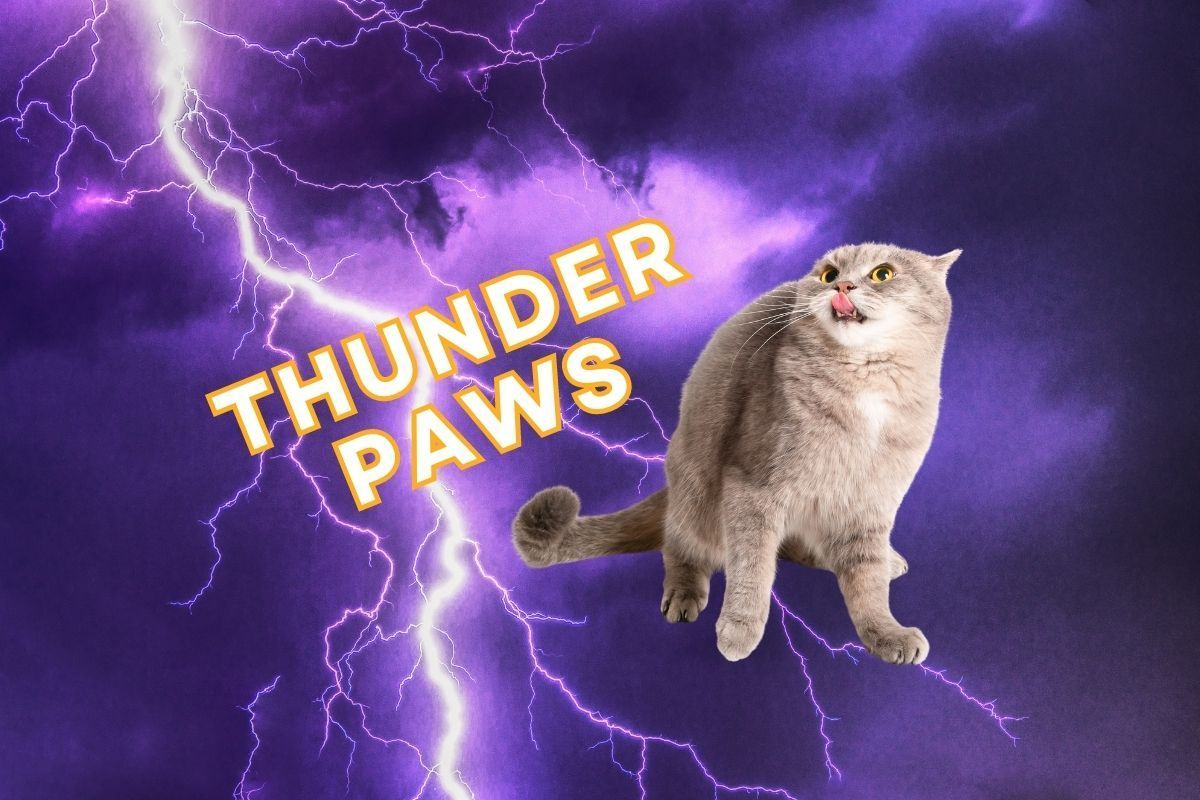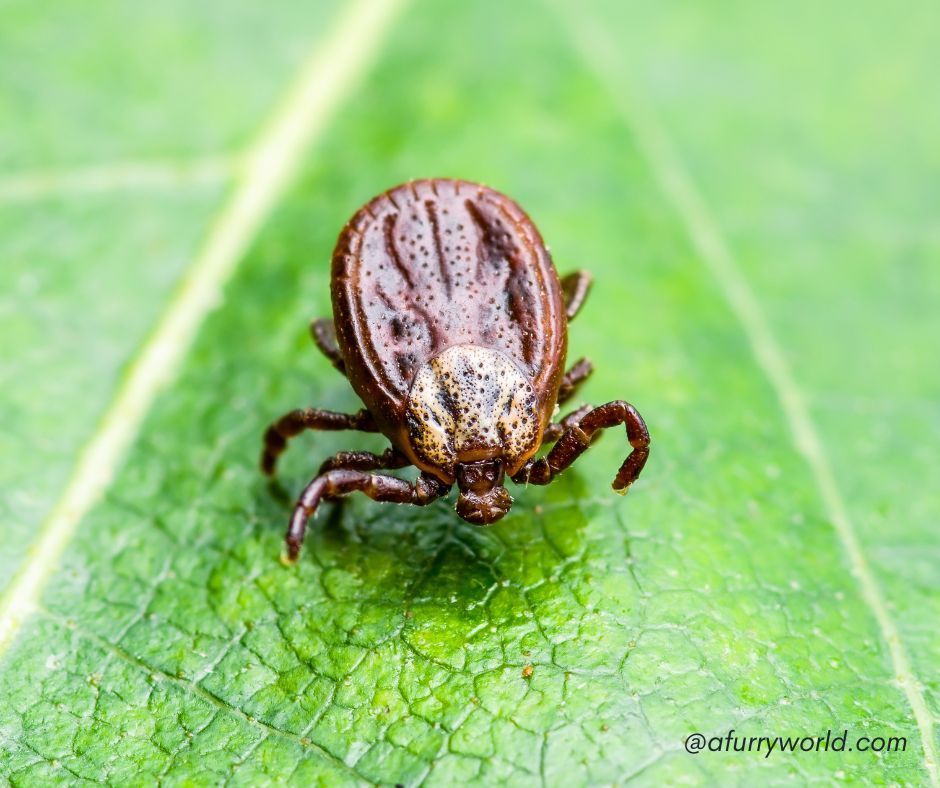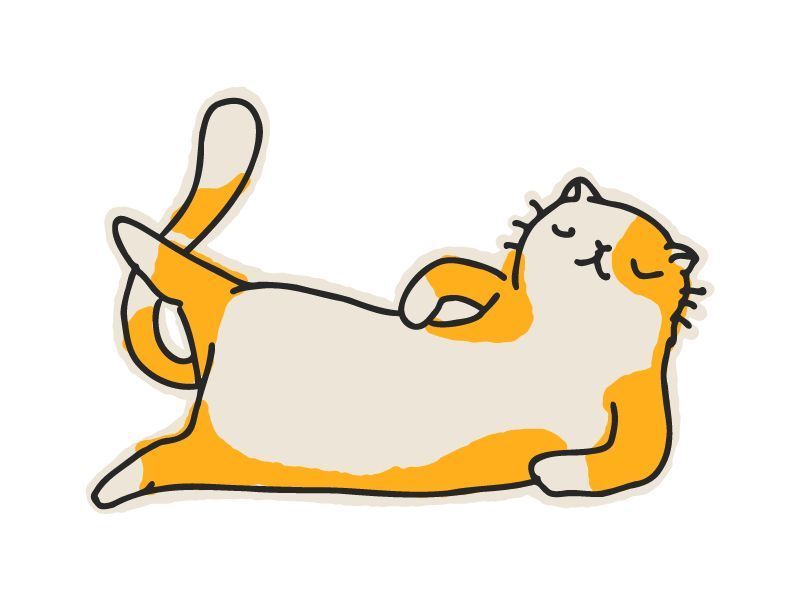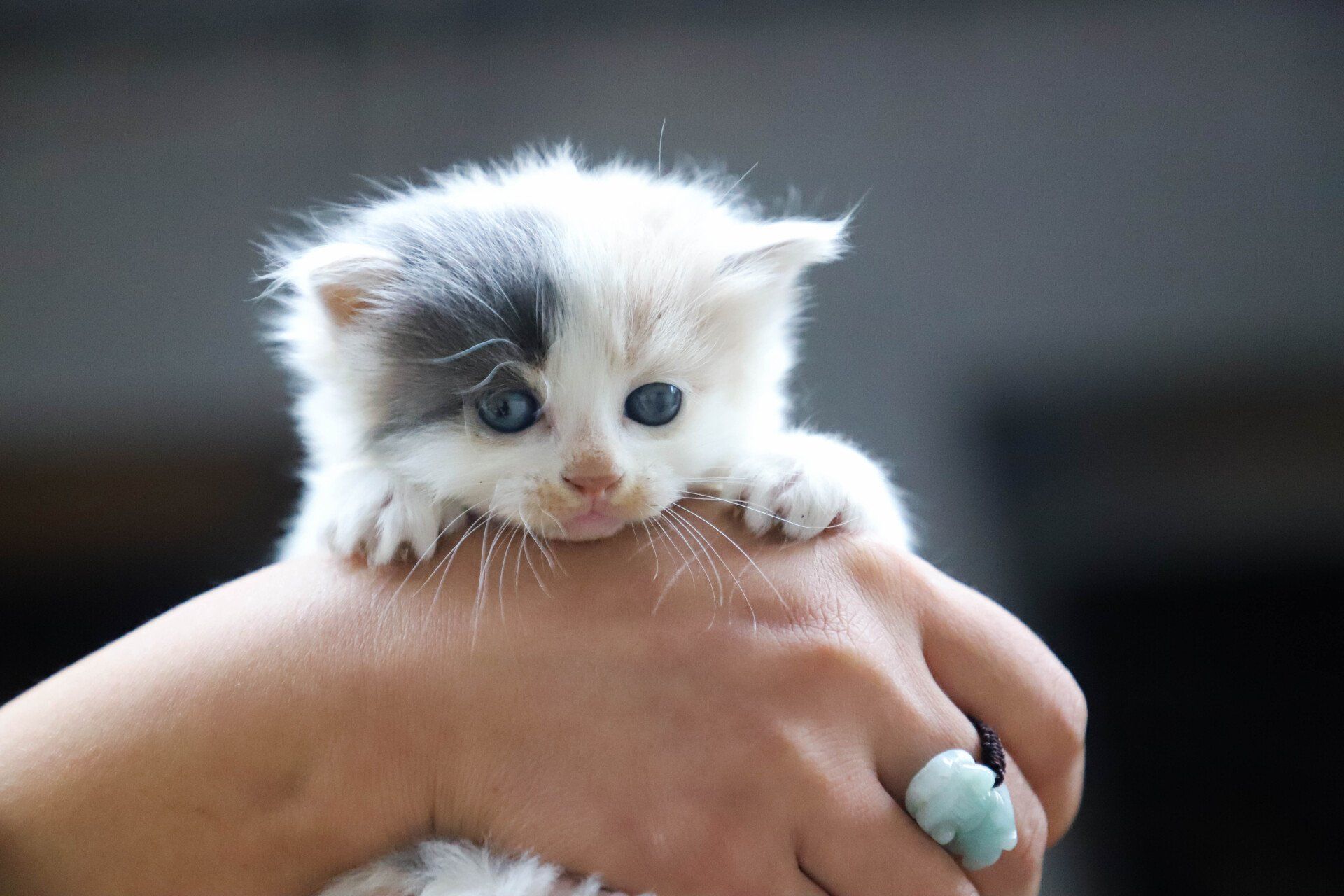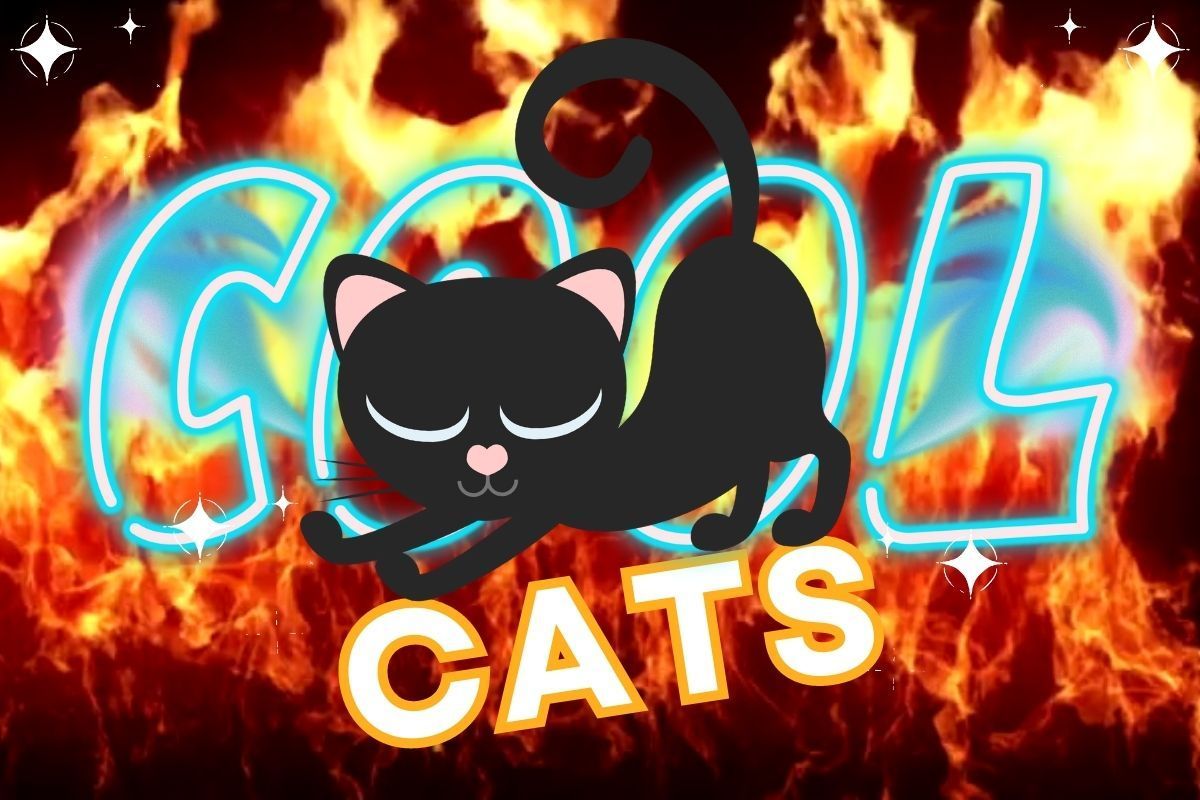Cats have whiskers, or vibrissae, for several important reasons. Whiskers are highly specialized sensory organs that provide cats with valuable information about their environment. Here are the main reasons why cats have whiskers:
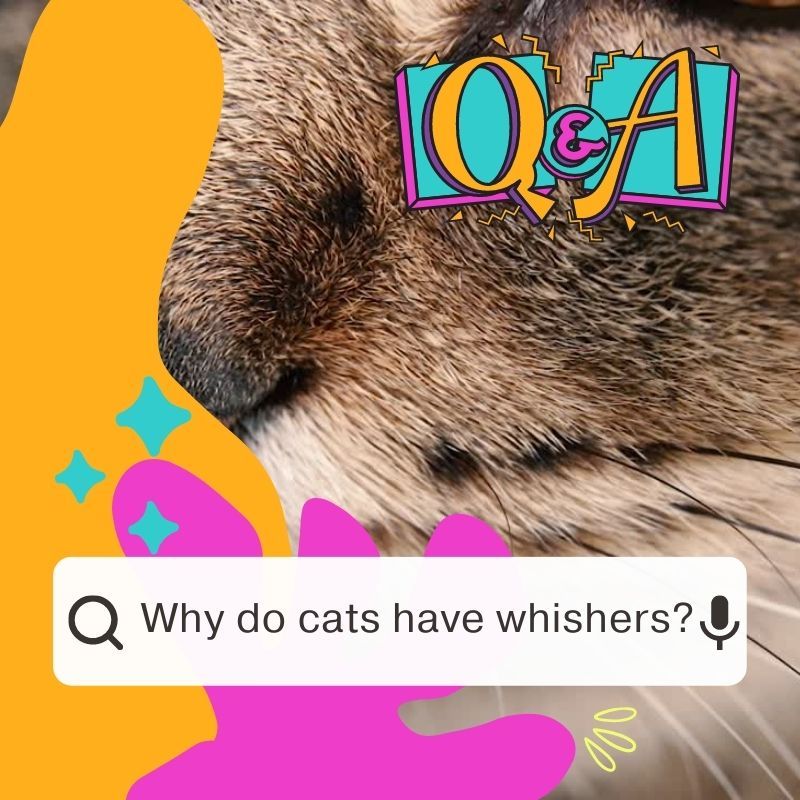
4 things cats use their whiskers for
1. Sensing the surroundings: Whiskers are extremely sensitive and can detect even subtle changes in the environment. They help cats navigate and explore their surroundings, particularly in low-light conditions. By brushing against objects and sensing changes in air currents, cats can determine the size, shape, and location of nearby objects, which aids in hunting, avoiding obstacles, and maintaining balance.
2. Measuring width and gaps: The length of a cat's whiskers is approximately equal to the width of its body. By extending their whiskers, cats can assess if they can fit through narrow spaces or gaps before attempting to squeeze through. This ability helps them avoid getting stuck or causing injury.
3. Monitoring prey: Whiskers assist cats during hunting. When stalking prey, the whiskers help them gauge the distance between themselves and their target, ensuring accurate pouncing and capturing.
4. Indicating mood and communication: A cat's whiskers can also provide subtle cues about its mood or intentions. When a cat is relaxed, its whiskers are typically held outwards. However, if a cat feels threatened or agitated, its whiskers may flatten against its face, signalling a defensive or fearful posture.
It's important to note that whiskers are sensitive and should not be trimmed or cut as they play a vital role in a cat's sensory perception.
Cutting a cat's whiskers can cause disorientation, impaired balance, and make them feel anxious or stressed. Whiskers naturally shed and regrow over time, so there is no need for intervention.
Thank you for reading this post. We hope that you found it interesting and hope to you visit this page again soon. For more information, fun facts and cute photos, please follow us on social media. 🐱


